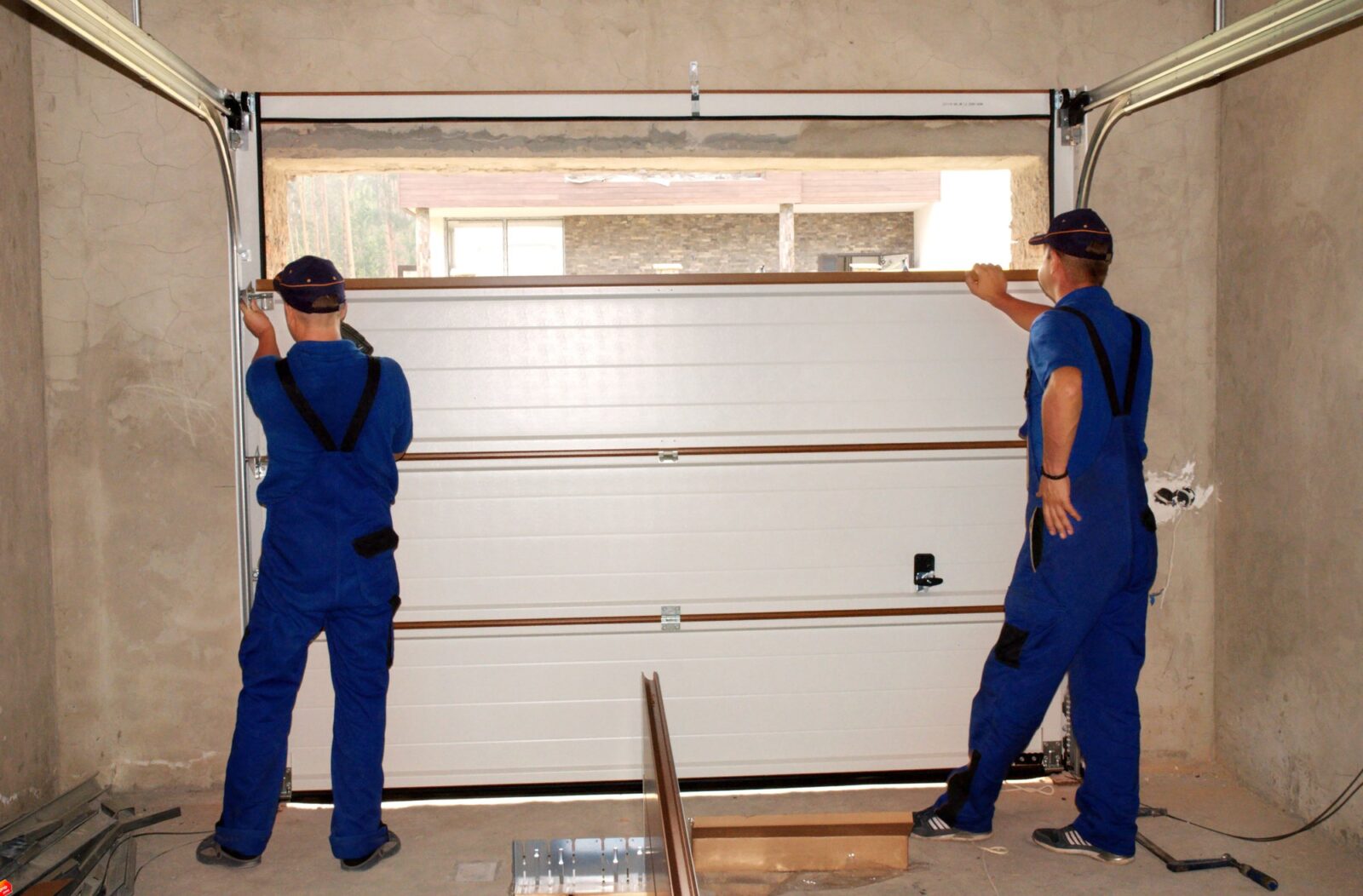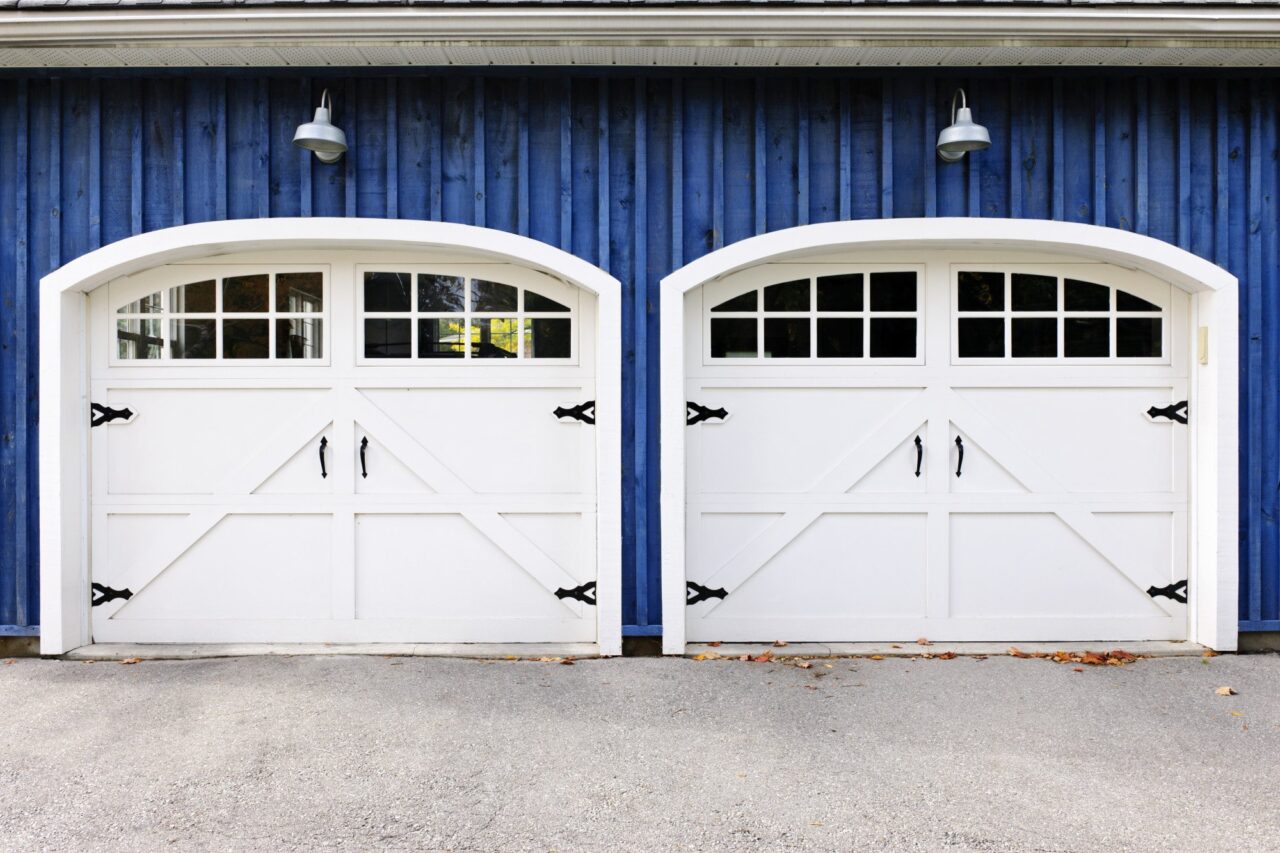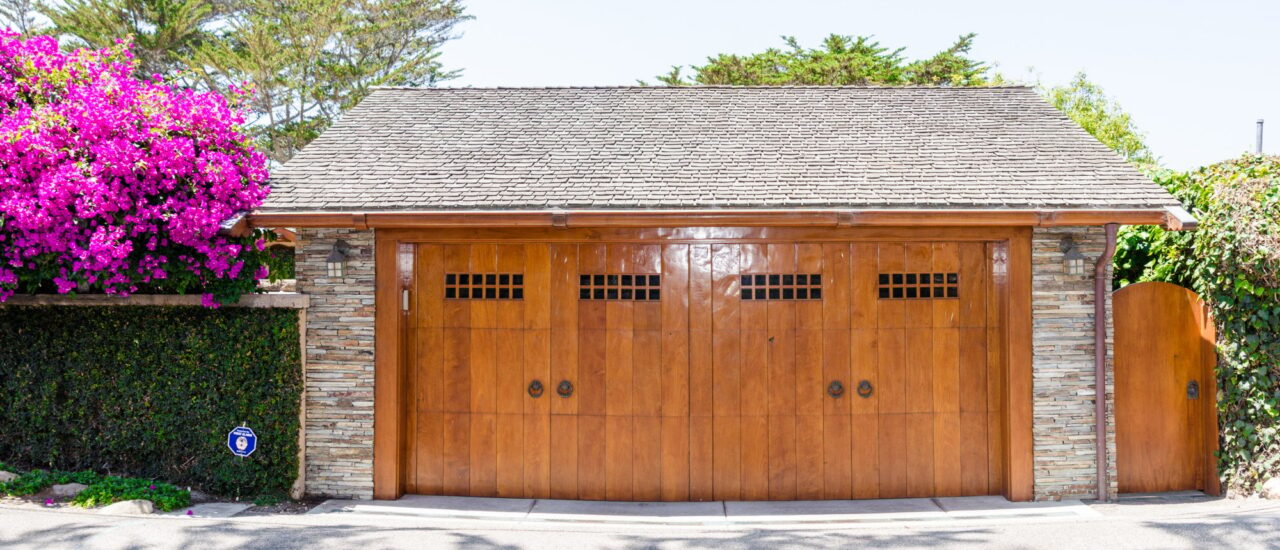A Homeowner’s Maintenance Guide to Residential Roll-Up Garage Doors

Picture this. You come home from the grocery store to see your garage door wide open. Someone has broken in. Certain types of garage doors are easier to break into than others. Roll-up doors are the exception. Since they have no visible access points, residential roll-up garage doors detour burglars. They’re also low maintenance. However, that doesn’t mean you won’t ever have to perform preventive maintenance. Check out this garage door maintenance guide to learn how to keep your roll-up door in great shape so it can keep you and your family safe.
What Are Residential Roll-Up Garage Doors?
Roll-up doors aren’t a common addition to home garages. They’re more commonly found in warehouses and distribution centers. Unlike other types of garage doors, they don’t run on a horizontal track. Instead, the steel sheet coils up in a roll inside the top of the garage. There are two different types of roll-up garage doors. The first one is roll-up sheet doors. These are the most inexpensive and popular option. They work exactly as described above. Rolling steel doors are a bit different because the door isn’t a single large sheet. It’s comprised of metal slats.
Common Issues to Be Aware Of
You don’t have to be an industrial business owner to use a roll-up garage door. They’re useful for homeowners as well. They’re perfect for garage door security, energy efficiency, durability, and space-saving. This being said roll-up garage doors do have their issues. The first maintenance task you should take on is to understand these problems so you can avoid them.
Incorrect Header Alignment
During installation, if the workers place the door too far forward or backward, the header alignment will be off. When this happens, the track won’t slide into the guides at the right arch. The result is a door that pushes toward the wall.
Over-Turning Your Door Spring
If you’re tensioning your door spring, you need to be careful. Follow the manufacturer’s instructions to the letter. If you don’t, you could end up turning the door more than you should. The extra tension will cause the spring to snap. If you have a sectional roll-up door, you’ll find it harder to control once you break the spring.
Improper Leveling
When installing a roll-up garage door, it’s crucial to use a leveler. If the installer attempts to do the job with their eyes alone, it could lead to misalignment and other issues. That’s why you have to hire an expert. Since we’ve been installing garage doors all around the Bay area since 1976, you can trust our team of experts to get the job done right.
Tight Guides
If the guide strips are too tight, it will cause the door to drag against them. This won’t make it easy to open and close your door. That’s not the only problem. As the door scrapes against the guide, it could rub the paint off and damage the door.
Misaligned Drum
If your drum is misaligned, it will prevent your door from lining up correctly when it opens and closes. If that were to keep up, you’ll soon find that your garage door is broken. The best way to avoid this problem is to look for doors with a corrugated drum. This will make it almost impossible for your door to roll up crooked.
Maintenance Steps
Now that you’re aware of the problems that can come from having a roll-up garage door, it’s time to talk about maintenance. How can you keep your door in top shape? You can prevent most issues with regular visual inspections. It’s also crucial to keep it clean. Some homeowners find it helpful to invest in a strip door too.
Take the Right Safety Precautions
Before you begin any type of garage door maintenance, it’s important to take the right safety precautions. Put on a pair of work gloves and safety glasses. Disconnect the electric opener to prevent someone from using the door while you’re near it. Never stand near your door while it’s partially open. When it’s not open all the way, the counterbalance system has a tough time keeping the door open. This means that the door could fall on you while you’re working on it. Lastly, it’s okay to inspect your door, but you shouldn’t attempt to replace any components yourself. Leave that part up to the experts.
Get a Strip Door
Depending on how often you use your garage door, it might be a good idea to invest in a strip door. A strip door is made up of durable PVC plastic. This allows it to act as a barrier between your garage door and the elements. This helpful add-on can protect your door from debris, dirt, and above all else, moisture. Strip doors can also help maintain the temperature in your garage and block out noise.
Perform a Visual Inspection
Once a month, inspect your garage door for signs of rust and corrosion. If any components are dented or bent, stop using the door right away and schedule a repair service. Check the electric opener for signs of oil leakage. If your door is insulated, make sure that the insulation is free from holes and other damages. The last thing you want to check is the weather seals. If they’re compromised, your door could let water into your garage. It will also no longer be energy-efficient.
Keep the Door Clean
The easiest way to keep your door maintained is to clean it. If you allow dirt and debris to build up on the door, it will accumulate on the moving parts and cause them to work harder to function. Leaves and debris attract moisture. If you allow them to gather on your door, it could lead to rust.
Keeping Residential Roll-Up Garage Doors in Shape
Residential roll-up garage doors are energy-efficient, secure, and durable as long as you take the time to keep them maintained. Keep an eye out for common problems. You also need to clean your door, perform regular inspections, and invest in a strip door. If you notice a broken or rusted mechanism on your door, don’t attempt to replace it yourself. Consult the experts instead. R&S Doors has been helping customers like you for over 60 years. Contact us today to get a quote!



